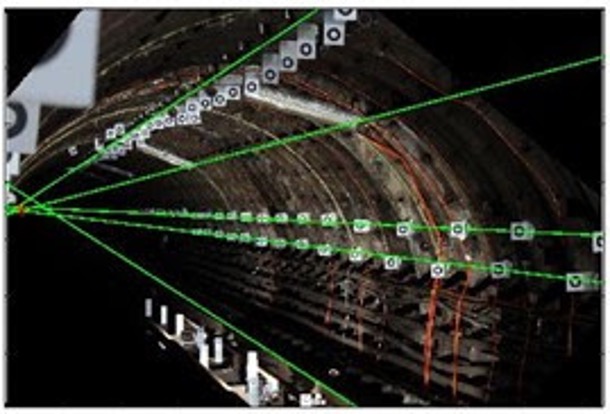This work aims to assess the deformations that are imposed on cast-iron (CI) tunnels while excavating new tunnels nearby. Computer vision based monitoring can provide evidence on CI tunnels’ tolerance when these are subjected to extreme movements, especially at local level.
The phase based motion magnification is a recent video processing technique that has been developed at MIT to perceive the imperceptible motions in videos within a specific frequency band. This technique is used to visualize the high frequency vibration and low frequency deformation of the tunnel.
Motion estimation is a vast field of research in computer vision. Optical flow estimation could be considered as one of the approaches to identify motion in a sequence of images. Most of them could be categorized as gradient-based optical flow estimators including the Lucas-Kanade (LK) and Horn–Schunck (HS) methods. Dense optical flow method is used to extract the flow vector (relative motion) of all pixels in the tunnel images.
As the camera is fixed with specific location and pose, to change the perspective of this camera, well-known tunnel geometry is utilized with the vanishing point. Based on these pre-known geometry assumptions, tunnel deformation can be further visualized in the 3D scale.

